In today’s fast-paced world, efficient and reliable charging solutions are essential. USB-C Power Delivery (PD) has emerged as a groundbreaking technology, redefining the way we power and connect our devices. From enabling ultra-fast charging to reducing e-waste, USB-C PD has set a universal standard for modern electronics. This comprehensive guide delves deep into USB-C Power Delivery, exploring its features, benefits, and why it has become the gold standard for device charging.
Understanding USB-C Power Delivery
What is USB-C Power Delivery?
USB-C Power Delivery (PD) is a universal fast-charging standard developed by the USB Implementers Forum (USB-IF). Designed to work exclusively with USB-C cables and ports, PD supports higher power levels and faster data transfer rates than traditional USB standards. With the ability to deliver up to 240W of power, PD is versatile enough to charge everything from smartphones to high-performance laptops and even monitors.
How USB-C PD Differs from Conventional Charging Standards
Unlike older charging methods that were limited by fixed power profiles, USB-C PD employs dynamic power delivery. This allows devices to negotiate the optimal power level with the charger, ensuring compatibility, safety, and efficiency. This adaptability makes USB-C PD far more efficient and user-friendly compared to proprietary standards like Qualcomm Quick Charge or Samsung Adaptive Fast Charging.
The Evolution of Charging Technology
From Chaos to Standardization
Before USB-C and PD, charging solutions were fragmented. Early mobile phones required proprietary cables that were brand-specific and incompatible across devices. This lack of standardization not only caused inconvenience but also contributed to significant e-waste. The introduction of USB-C, mandated in part by regulatory efforts like those of the EU, marked the beginning of a more universal, efficient, and environmentally friendly charging era.
The Demise of Micro USB
Micro USB, once a dominant standard, suffered from limitations such as low durability, non-reversible connectors, and inadequate charging speeds (typically capped at 9W). These shortcomings paved the way for USB-C, which introduced a reversible, robust, and highly versatile solution capable of handling both data and power transfer at unprecedented speeds.
Key Features of USB-C Power Delivery
1. Blistering Fast Charging Speeds
USB-C PD supports up to 240W of power, enabling devices to charge significantly faster than older standards. For example, modern smartphones equipped with PD can reach 50% charge in as little as 10 minutes.
2. Universal Compatibility
PD ensures seamless interoperability across a wide range of devices. Whether you’re charging a laptop, smartphone, or portable gaming console, one USB-C PD charger can power them all, eliminating the need for multiple adapters.
3. Intelligent Power Management
Devices utilizing USB-C PD negotiate power requirements with the charger in real time. This prevents overcharging, reduces heat generation, and extends the lifespan of lithium-ion batteries.
4. Bidirectional Power Transfer
Unlike traditional USB-A to Micro USB setups, USB-C PD supports bidirectional power flow. This means a device can act as both a power source and a recipient, depending on the connected device’s requirements.
USB-C Power Delivery Versions
Power Delivery 1.0
Introduced with basic fast-charging capabilities, PD 1.0 allowed for up to 100W of power. However, it lacked the dynamic power profiles seen in later iterations.
Power Delivery 2.0
This version introduced dynamic power delivery, enabling devices to draw only the required wattage without the need for dedicated cables.
Power Delivery 3.0
PD 3.0 brought enhanced communication between devices and chargers, improving safety and efficiency. It also marked the beginning of support for rapid charging across multiple devices.
Power Delivery 3.1 and 3.2
With support for up to 240W, these versions represent the pinnacle of USB-C PD, catering to high-performance devices such as gaming laptops and 4K monitors.
Advantages of USB-C Power Delivery
1. Universal Charging Solution
The ability to use a single charger for all your devices simplifies life and reduces costs. Gone are the days of carrying multiple adapters for different gadgets.
2. Reduced Environmental Impact
By minimizing the need for proprietary chargers, USB-C PD significantly reduces electronic waste, promoting sustainability.
3. Enhanced Portability
Compact PD chargers and cables replace bulky power adapters, making them ideal for travel and on-the-go use.
4. Future-Proof Technology
As more devices adopt USB-C PD, it ensures compatibility with future gadgets, making it a long-term investment.
Use Cases for USB-C Power Delivery
1. Smartphones and Tablets
Modern smartphones leverage PD for ultra-fast charging, providing hours of use from just minutes of charging.
2. Laptops and Monitors
High-wattage PD chargers can power demanding devices like laptops, external monitors, and even docking stations, streamlining your workspace.
3. Portable Power Banks
USB-C PD-enabled power banks allow you to charge your devices rapidly on the go, even without access to a wall outlet.
Tips for Choosing the Right USB-C PD Charger
- Verify Wattage: Ensure the charger supports the maximum wattage required by your device.
- Check Compatibility: Look for chargers certified by the USB-IF for safety and reliability.
- Opt for Multiple Ports: Chargers with multiple USB-C ports offer the flexibility to power several devices simultaneously.
Conclusion
USB-C Power Delivery has transformed the way we charge and use our devices, setting a universal standard that combines speed, safety, and sustainability. By adopting USB-C PD, users gain access to unparalleled convenience while contributing to a greener, more efficient future. At Pisen, we are proud to offer a range of USB-C PD solutions tailored to meet the needs of modern consumers. Explore our collection today and experience the difference that Power Delivery can make.
Related reading:
Mastering the Science of Fast Charging: What They Don’t Tell You
GaN Technology: Transforming Charging with Faster and More Efficient Solutions

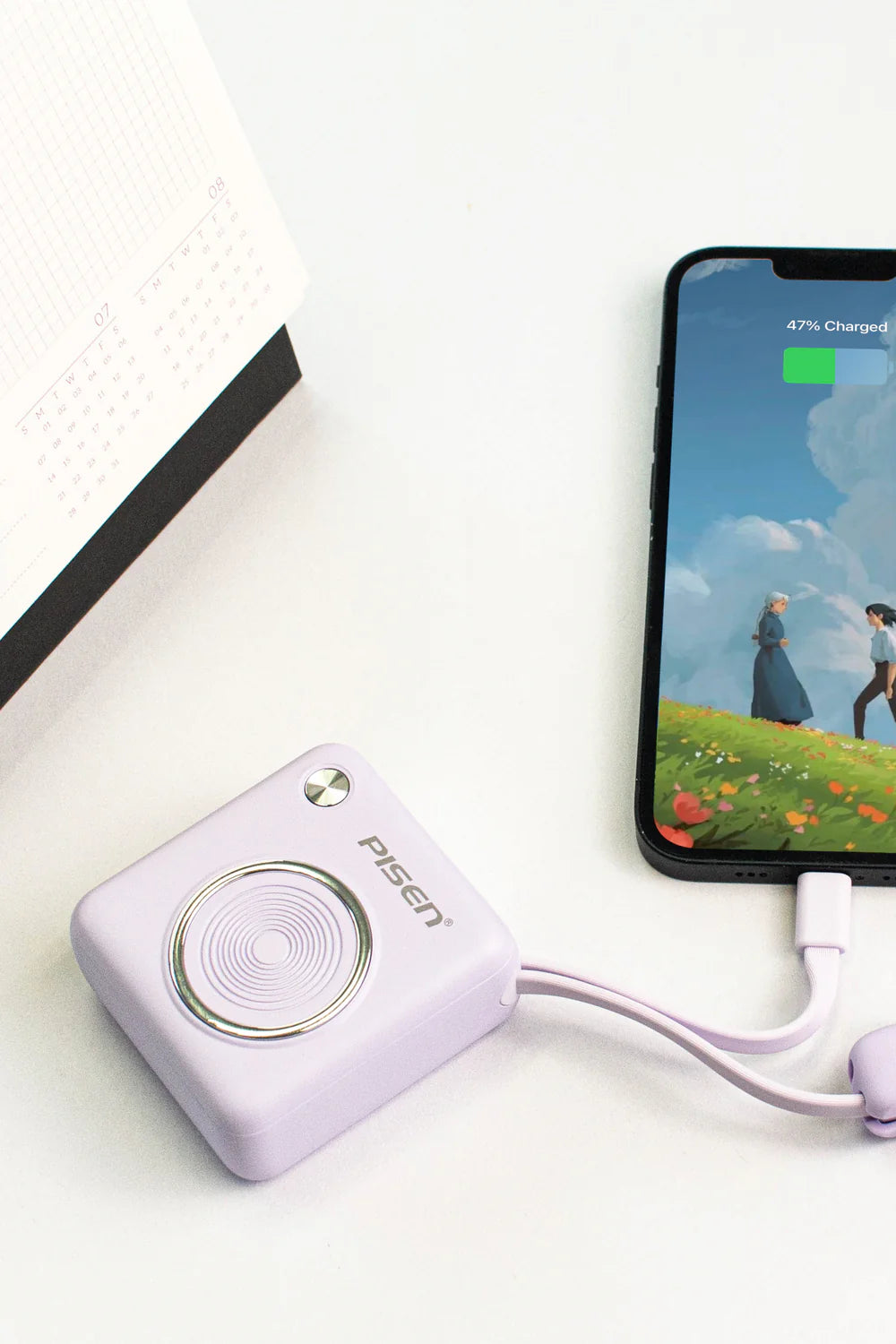
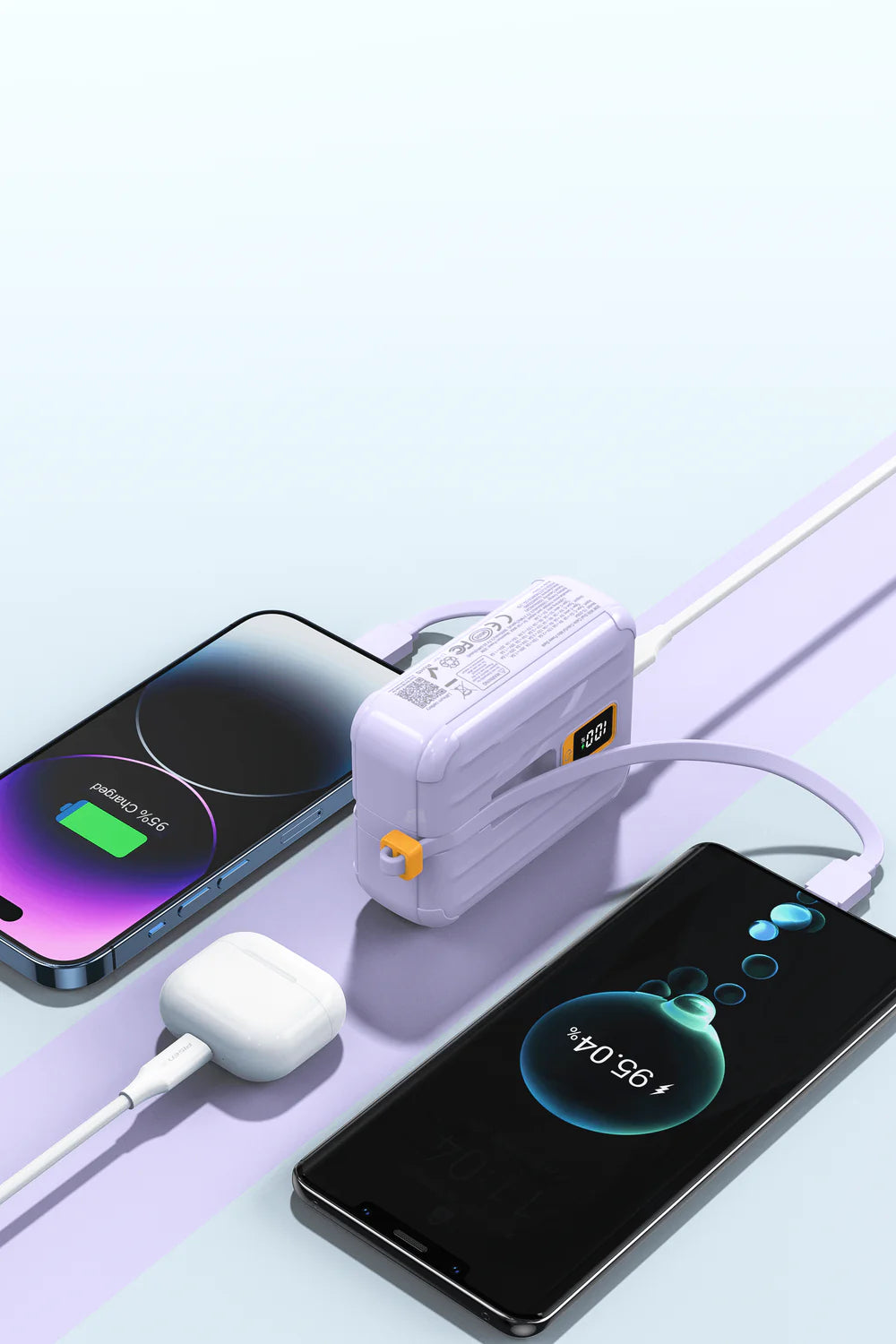
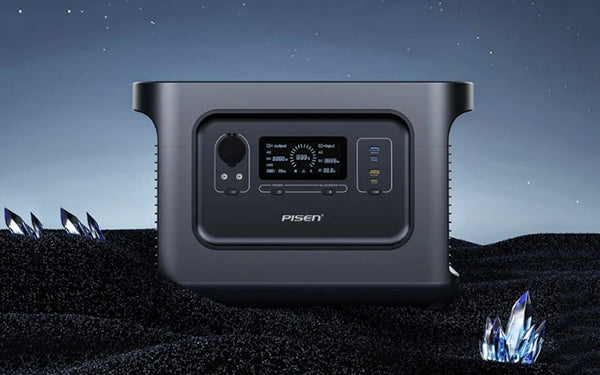
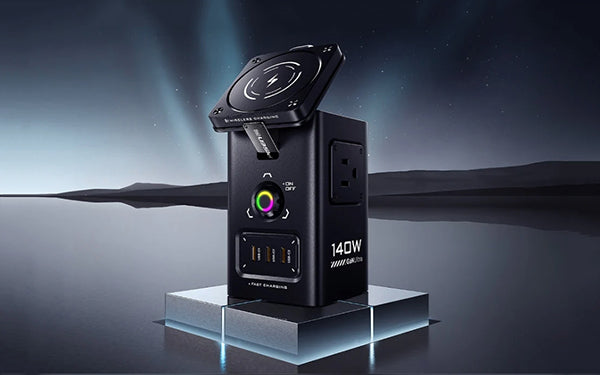
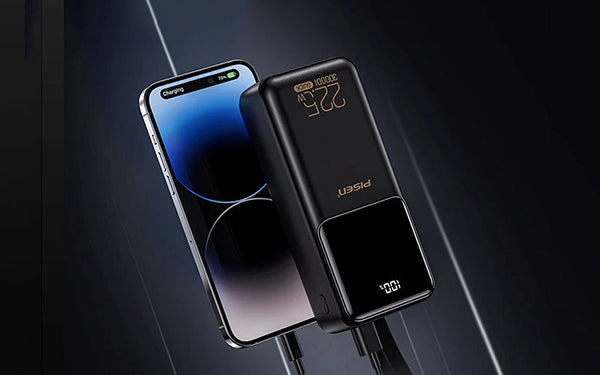
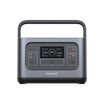
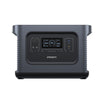

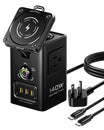
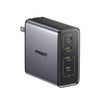
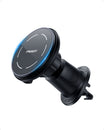
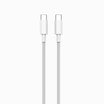
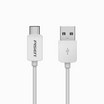

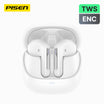
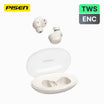
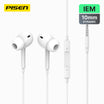

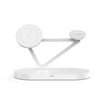
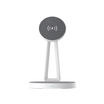
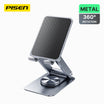
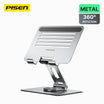
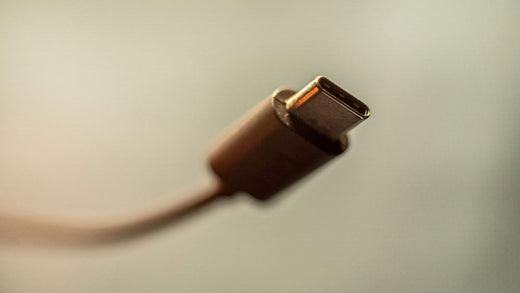
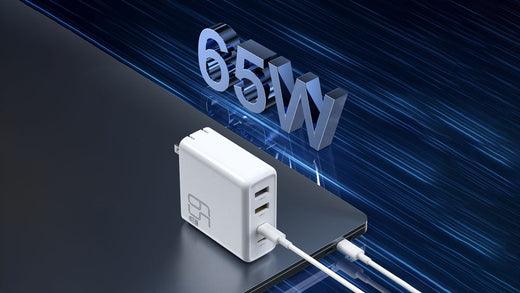
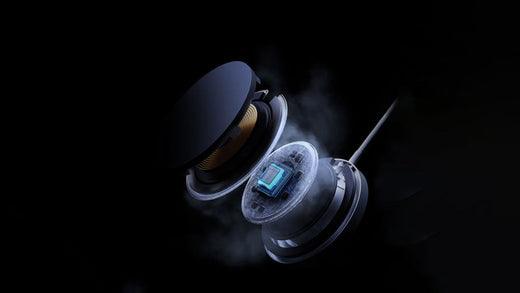
Leave a comment
This site is protected by hCaptcha and the hCaptcha Privacy Policy and Terms of Service apply.